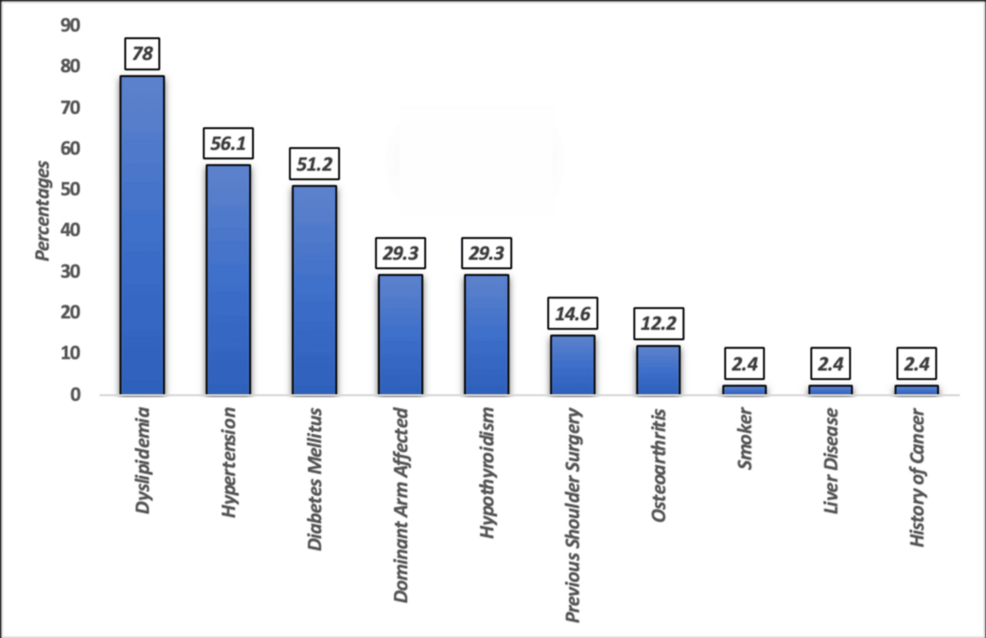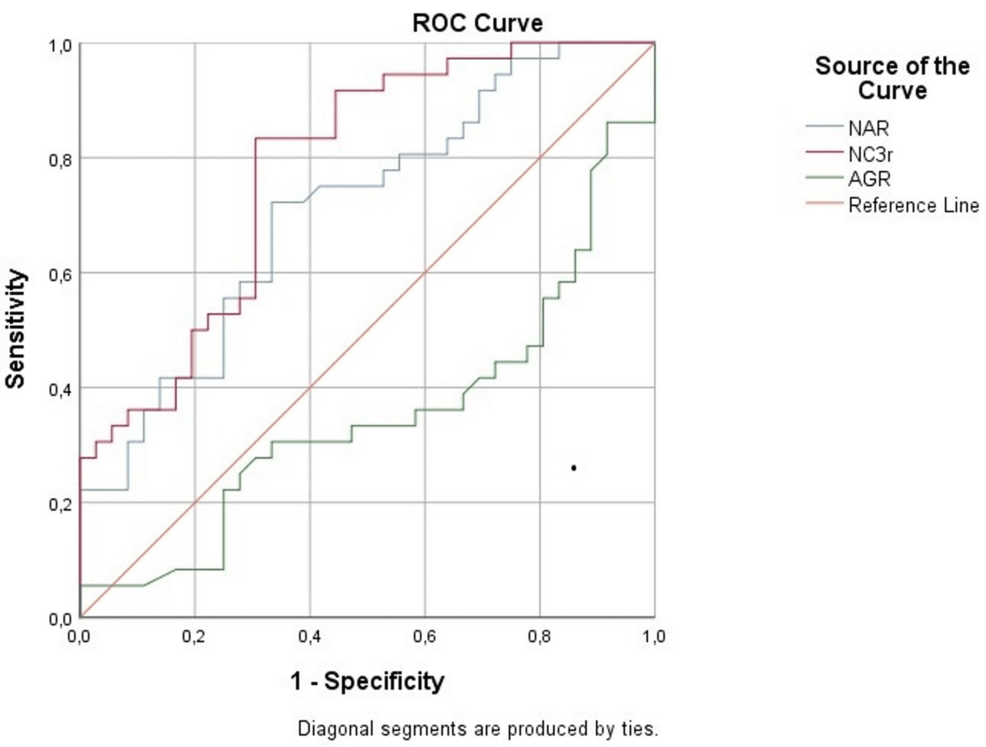Sleep deprivation is the silent killer! Not a lot of us realise this but not getting your eight hours each night is slowly contributing to the degradation of your physical and mental health. Due to hectic, demanding modern lives, people tend to…
Category: 6. Health
-
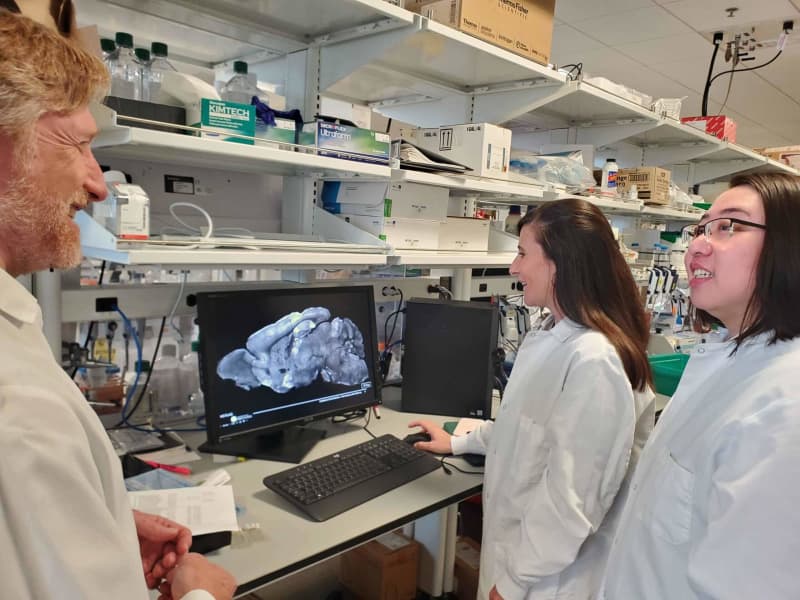
New gene therapy fixes brain disorders related to autism and epilepsy
A new study has brought scientists one step further in the direction of developing a cure for a brutal group of rare brain disorders known as SYNGAP1-related disorders, or SRDs. Researchers were able to successfully use a gene therapy technique…
Continue Reading
-
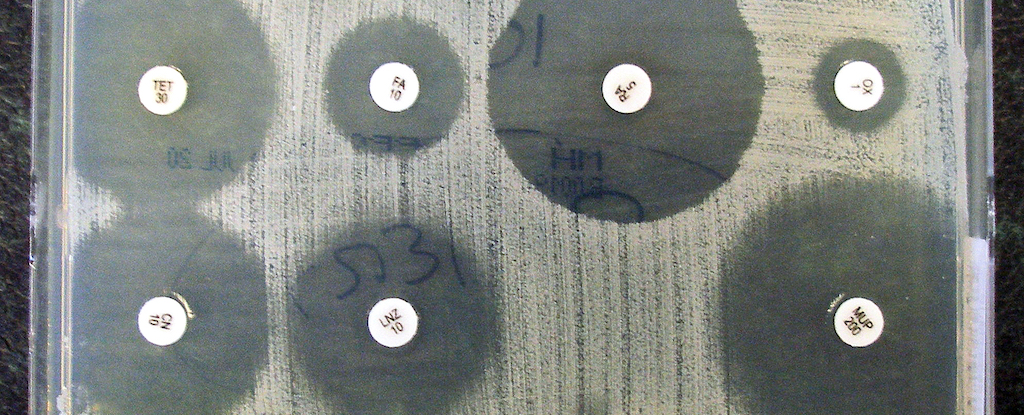
Study Reveals ‘Alarming’ Rise of Superbugs in Newborn Babies : ScienceAlert
Humanity’s war against drug-resistant microbes is not going very well.
Antibiotic resistance has rapidly become one of our species’ leading causes of death, claiming an estimated 5 million lives globally in 2019. That already exceeds the…
Continue Reading
-

Flu returns sooner than expected: Japan faces one of its earliest nationwide outbreaks — is this the new normal? – Mint
- Flu returns sooner than expected: Japan faces one of its earliest nationwide outbreaks — is this the new normal? Mint
- Japan Declares Nationwide Flu Epidemic as Over 4,000 Cases Reported, Schools Closed Newsonair
- Japan’s Flu Outbreak Sparks…
Continue Reading
-

7 ways men in their 20s can boost their testosterone levels | Health News
7 ways men in their 20s can boost their testosterone levels | Health News – The Indian Express
Continue Reading
-
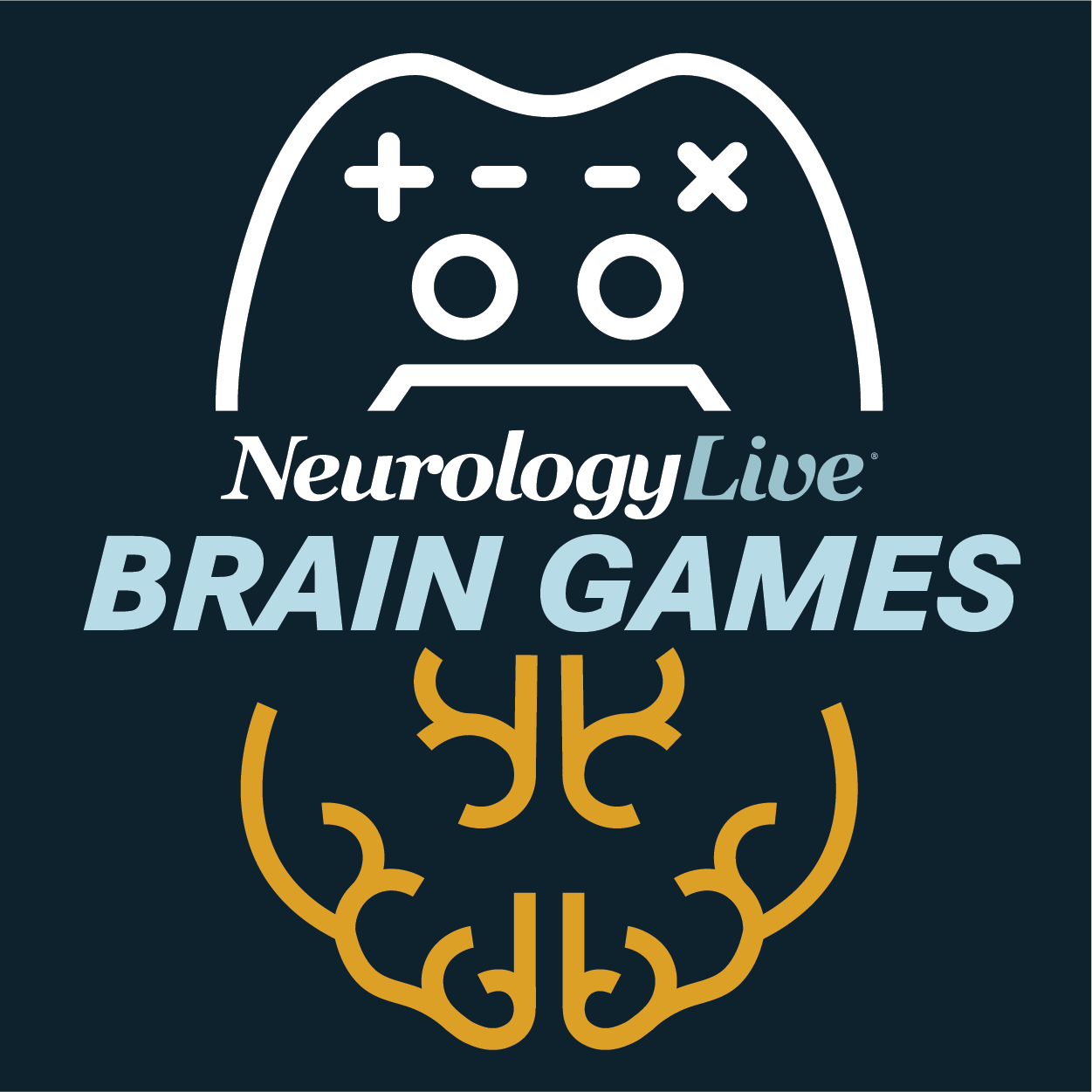
NeurologyLive® Brain Games: October 12, 2025 | NeurologyLive
Welcome to NeurologyLive® Brain Games! This weekly quiz series, which goes live every Sunday morning, will feature questions on a variety of clinical and historical neurology topics, written by physicians, clinicians, and experts in the fields…
Continue Reading
-

Trace-Positive Sputum Identifies High Tuberculosis Risk
A LONGITUDINAL study conducted in Kampala, Uganda, has revealed that individuals with trace-positive sputum (PWTS) on Xpert Ultra testing face a substantial risk of developing active tuberculosis over 2 years.
Community Screening Reveals…
Continue Reading
-
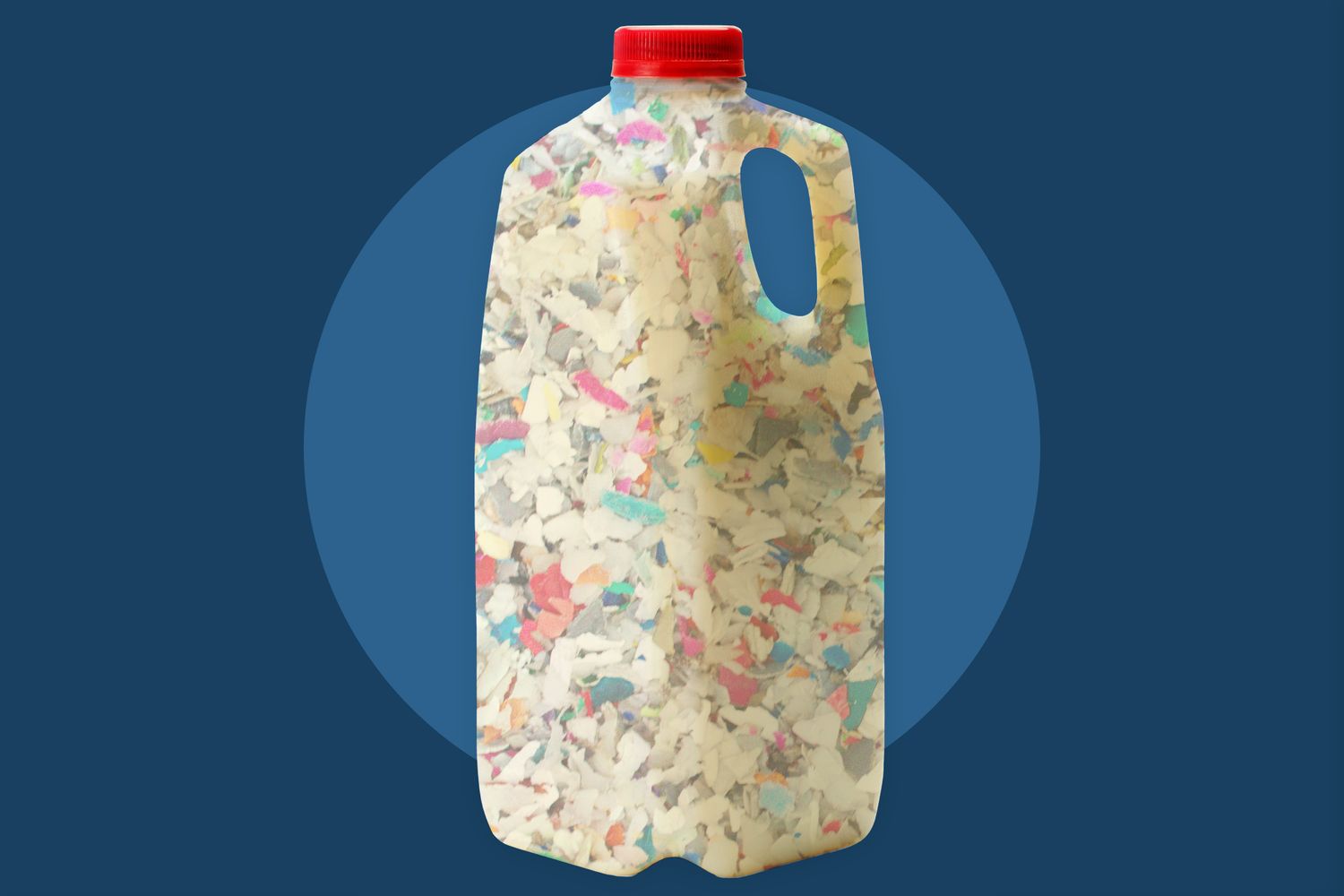
Scientists Have Found Microplastics in Milk and Cheese
- A recent study out of the University of Padua in Italy found microplastics in nearly all dairy products tested — including milk, fresh cheese, and ripened cheese.
- The researchers found an average of 1,857 particles per kilogram in ripened…
Continue Reading

